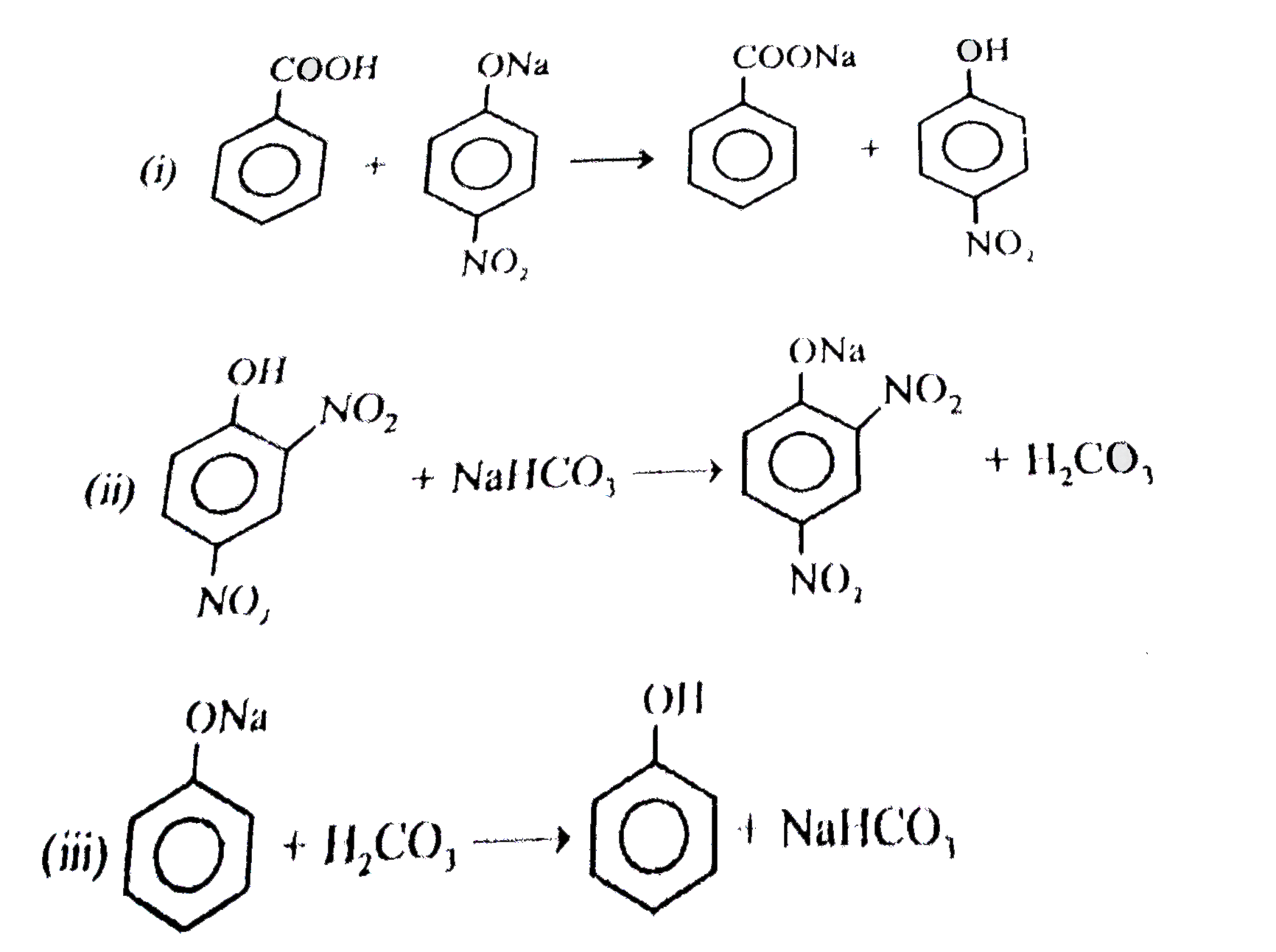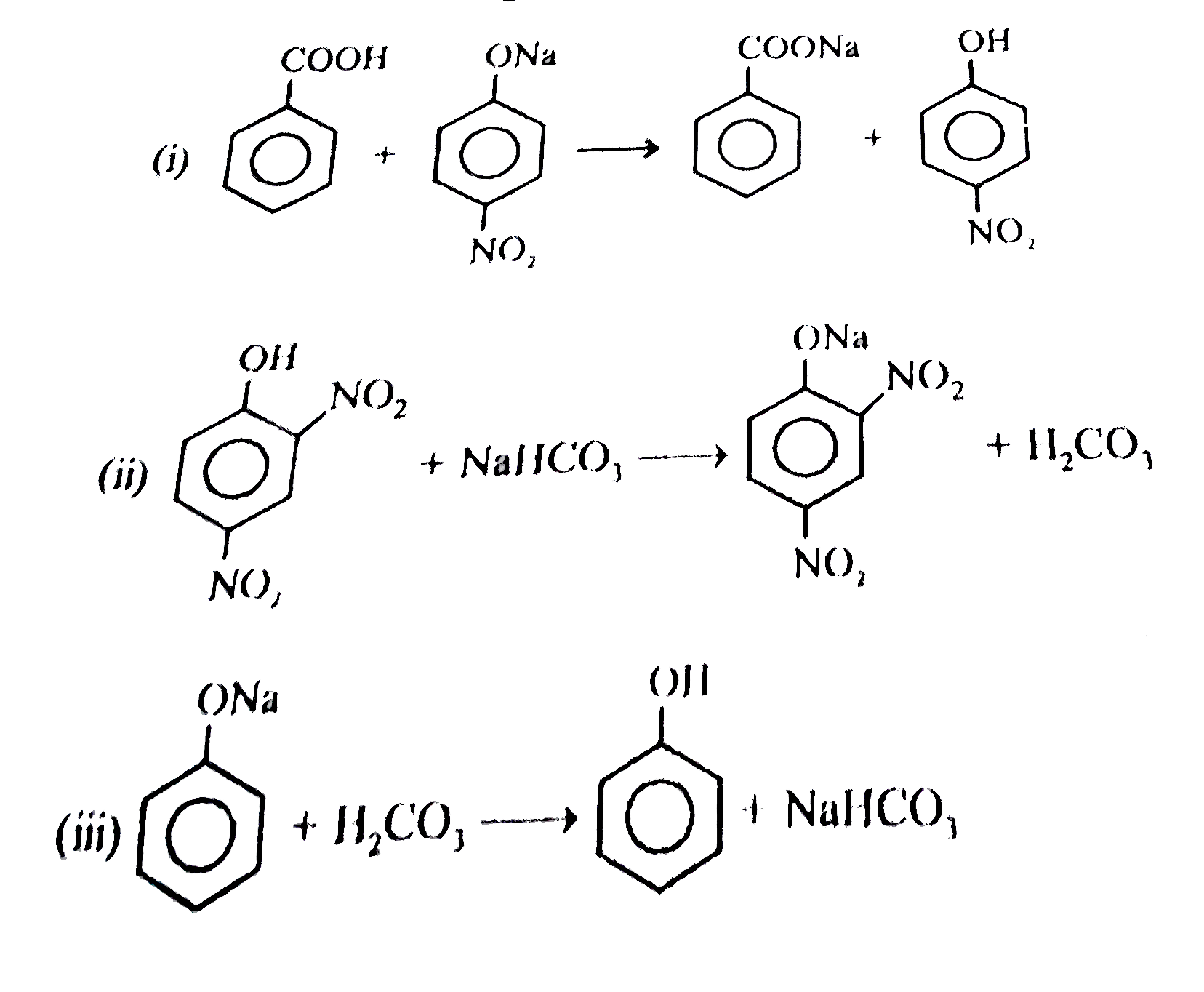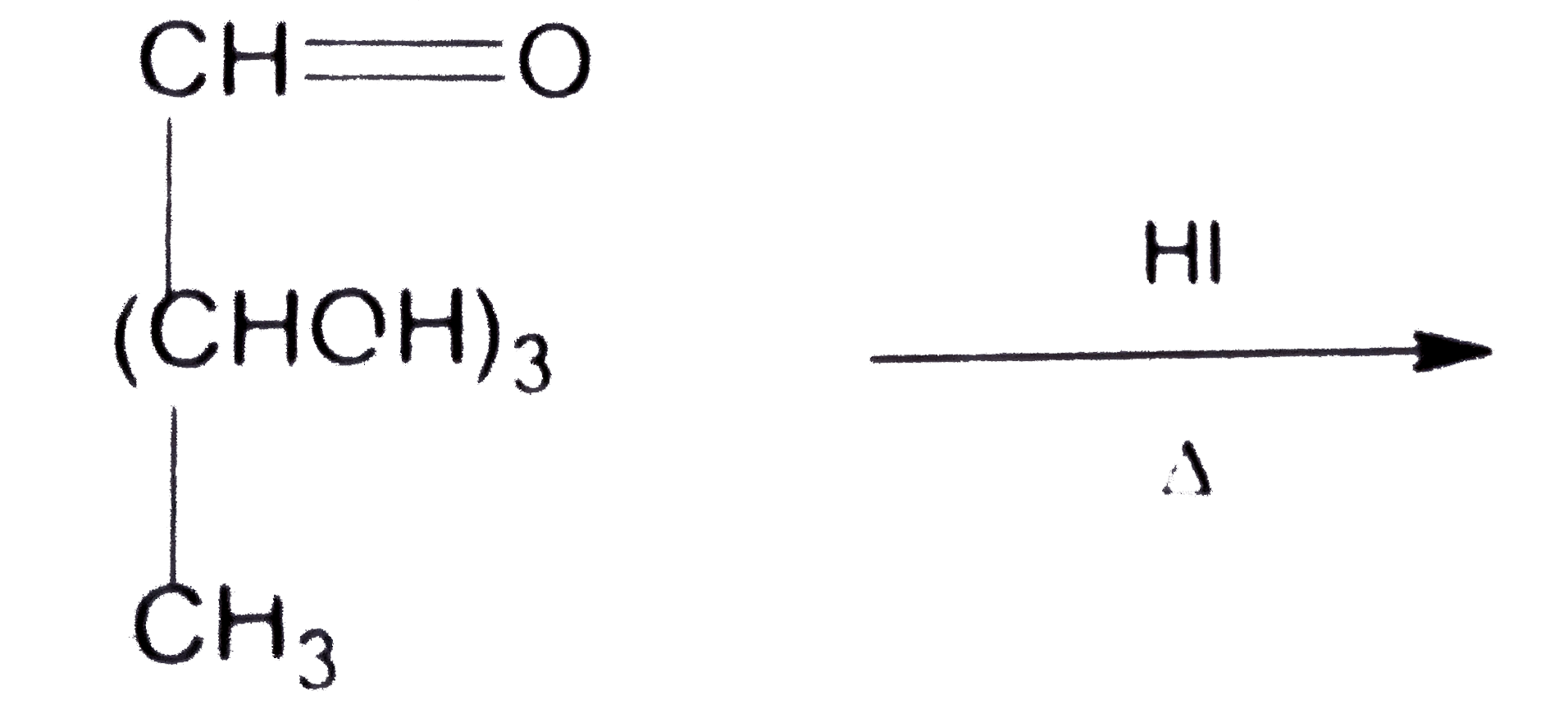identify the non-feasible reaction.
The correct Answer is:D
To identify the non-feasible reaction among the given options, we need to analyze each reaction based on the acidity of the reactants and the basicity of the reagents involved. Here’s a step-by-step breakdown of the solution:
Step 1: Analyze the First Reaction
- Reaction: Acetylene (C2H2) reacting with NH2⁻.
- Products: Acetylide ion (C2H−) and NH3.
- Analysis: Acetylene is a weak acid that can donate a proton (H⁺). NH2⁻ is a strong base that can accept this proton. The formation of a stabilized acetylide ion indicates that this reaction is feasible.
Step 2: Analyze the Second Reaction
- Reaction: Ethanol (C2H5OH) reacting with NaH.
- Products: Sodium ethoxide (C2H5ONa) and H2.
- Analysis: Sodium hydride (NaH) is a strong base that can deprotonate ethanol, leading to the formation of sodium ethoxide and hydrogen gas (H2). This reaction is feasible.
Step 3: Analyze the Third Reaction
- Reaction: Methanol (CH3OH) reacting with NaOH.
- Products: Sodium methoxide (CH3ONa) and H2.
- Analysis: Similar to the second reaction, NaOH is a strong base that can deprotonate methanol, resulting in the formation of sodium methoxide and hydrogen gas. This reaction is also feasible.
Step 4: Analyze the Fourth Reaction
- Reaction: Acetylene (C2H2) reacting with NaOH.
- Products: Sodium acetylide (C2H−) and H2O.
- Analysis: Acetylene is a weak acid, and NaOH is a strong base. However, in this case, the weak acid (acetylene) cannot effectively react with the strong base (NaOH) to form the sodium acetylide and water. Therefore, this reaction is not feasible.
Conclusion
After analyzing all four reactions, we find that the fourth reaction is the non-feasible one. Thus, the answer to the question is:
Final Answer: Option 4 is not feasible.
---
- Reaction: Acetylene (C2H2) reacting with NH2⁻.
- Products: Acetylide ion (C2H−) and NH3.
- Analysis: Acetylene is a weak acid that can donate a proton (H⁺). NH2⁻ is a strong base that can accept this proton. The formation of a stabilized acetylide ion indicates that this reaction is feasible.
- Reaction: Ethanol (C2H5OH) reacting with NaH.
- Products: Sodium ethoxide (C2H5ONa) and H2.
- Analysis: Sodium hydride (NaH) is a strong base that can deprotonate ethanol, leading to the formation of sodium ethoxide and hydrogen gas (H2). This reaction is feasible.
- Reaction: Methanol (CH3OH) reacting with NaOH.
- Products: Sodium methoxide (CH3ONa) and H2.
- Analysis: Similar to the second reaction, NaOH is a strong base that can deprotonate methanol, resulting in the formation of sodium methoxide and hydrogen gas. This reaction is also feasible.
- Reaction: Acetylene (C2H2) reacting with NaOH.
- Products: Sodium acetylide (C2H−) and H2O.
- Analysis: Acetylene is a weak acid, and NaOH is a strong base. However, in this case, the weak acid (acetylene) cannot effectively react with the strong base (NaOH) to form the sodium acetylide and water. Therefore, this reaction is not feasible.
After analyzing all four reactions, we find that the fourth reaction is the non-feasible one. Thus, the answer to the question is:
Topper's Solved these Questions
- ACIDIC STRENGTH & BASIC STRENGTHBOOK - ALLENCHAPTER - ACIDIC STRENGTH & BASIC STRENGTHEXERCISE - Exercise IV
30 Videos
- ACIDIC STRENGTH & BASIC STRENGTHBOOK - ALLENCHAPTER - ACIDIC STRENGTH & BASIC STRENGTHEXERCISE - Exercise V
16 Videos
- ACIDIC STRENGTH & BASIC STRENGTHBOOK - ALLENCHAPTER - ACIDIC STRENGTH & BASIC STRENGTHEXERCISE - Exercise II
15 Videos
- CONCENTRATION TERMSBOOK - ALLENCHAPTER - CONCENTRATION TERMSEXERCISE - Exercise Jee-Advance
3 Videos
- AIIMS 2019BOOK - ALLENCHAPTER - AIIMS 2019EXERCISE - CHEMISTRY
40 Videos
Similar Questions
Observe the following feasible reaction:

Q. Identify the feasible reactions
View SolutionGive an example of oxidation of halide by another halogen. Explain the feasibility of the reaction.
View SolutionObserve the following feasible reaction:

Q. Which of the following compound does not react with NaHCO3.
View SolutionObserve the following feasible reaction:

Q. Which of the following is the correct order of acidic strength:
View SolutionIdentify the product of the reaction
_CHE_E06_284.png)
View SolutionIdentify the non - reducing sugar.
View SolutionChoose the non-redox reaction.
View SolutionIdentify product of the reaction

View SolutionThe essential condition for the feasibility of a reaction is that __________ .
View SolutionThe value of equilibrium constant for a feasible cell reaction is :
View Solution
